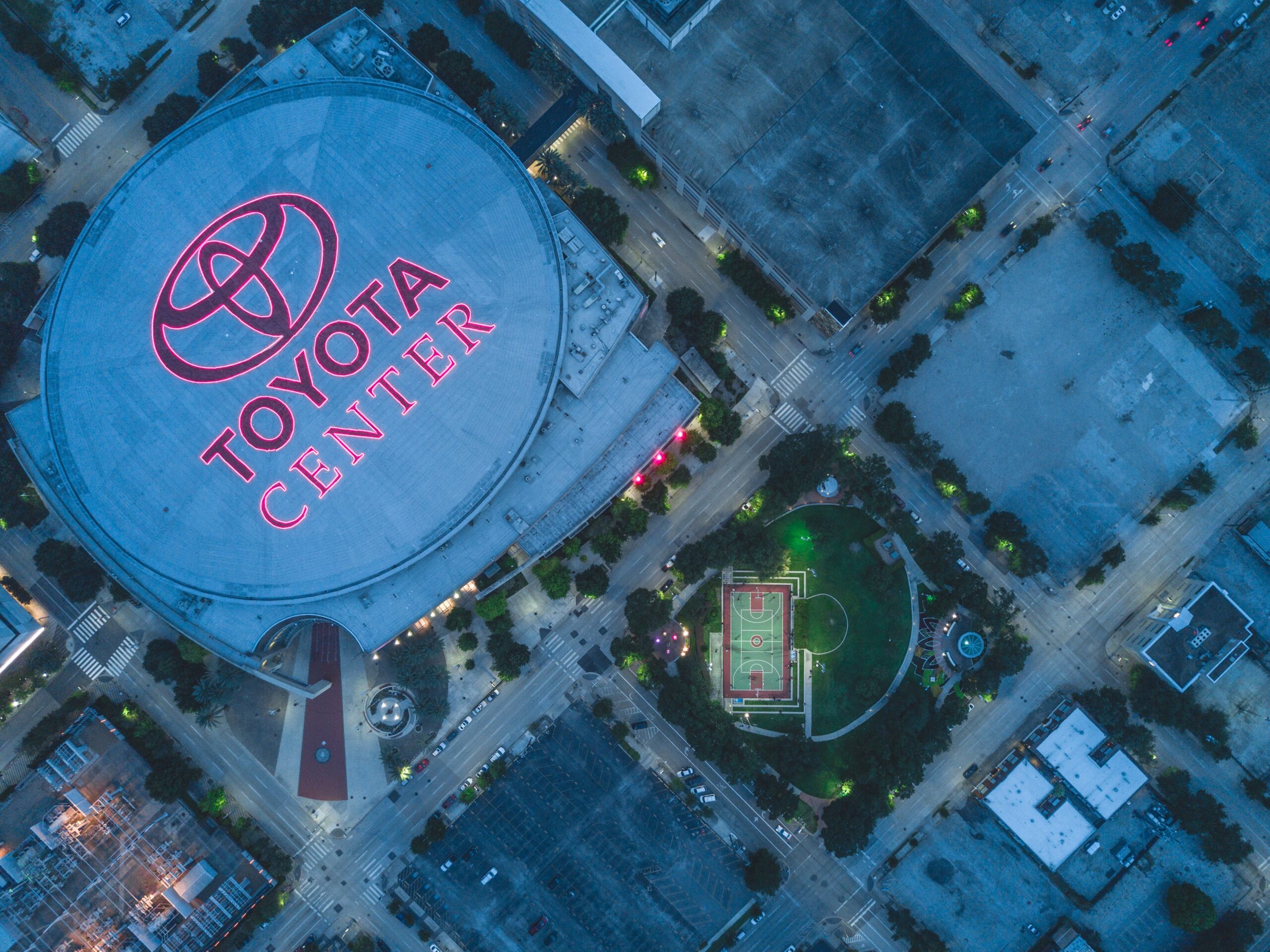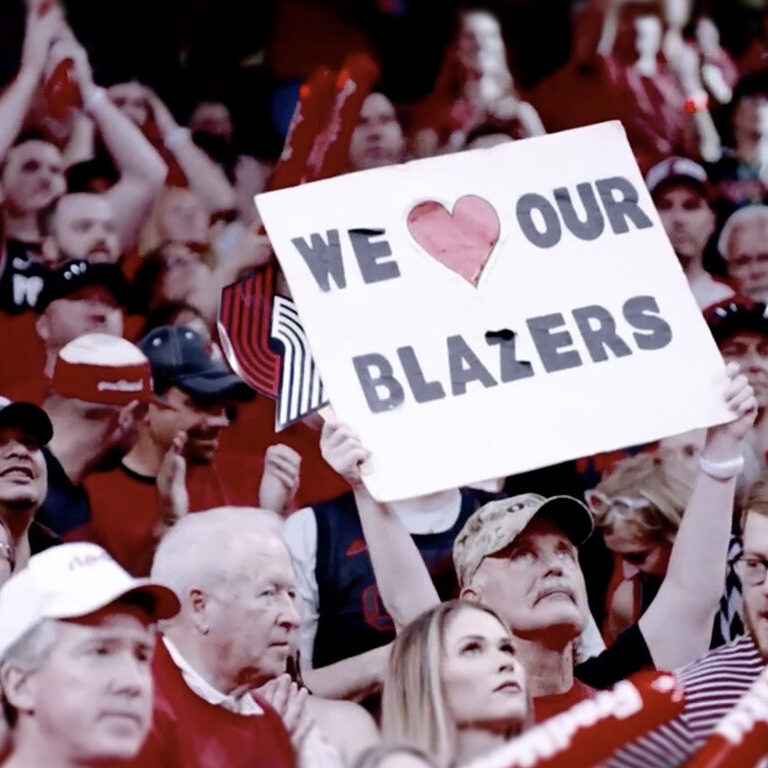There’s been a lot more discussion going on about sponsorship than normal – no doubt driven by our post-lockdown concerns about how the sports industry will be impacted, and along with that, how it will affect sponsorship. First there was TwoCircles’ widely quoted piece on Sponsorship’s Digital Revolution, and more recently sponsorship stalwart Giles Morgan talking on behalf of Pumpjack Dataworks in SportsPro’s piece Sponsorship still “massively valuable” with right data, says Giles Morgan.
Both pieces – and many more that have been published in between – have led me to put pen to paper and introduce you to our sponsorship framework “Changing the Sponsorship Dialogue”. Building on both TwoCircles’ suggestion that money is being left on the table, and Giles’ statement that data will help rights owners and brands build their business cases, our framework goes one step further and allows you to add a valuable asset to your sponsorship discussion: the guarantee that you’ll drive your fans to your sponsors’ websites.
Your Fans and Their Customers
Think about it – rights owners are accustomed to selling boards, shirts, stands, tickets, unique experiences, and more recently, exposure through digital channels, but the dialogue continues to be about the number of tickets, the number of impressions, and the number of broadcast minutes – we want to talk about the number of your fans you can help convert to their customers.
Our starting point is that whatever reason a brand will give for sponsorship – brand exposure, brand association, community relations, staff relations, etc. – their business is generally after one thing: to sell more. More products to existing customers or more new customers.
Our second point is that if a brand has a website (which they normally do), then when someone visits their website they have a process for converting them to a customer. Pure plays will have a detailed customer journey and an exact conversion rate for each website visitor and, while “brick and click” businesses may be a bit further behind, they’ll still know how they convert a web visitor to a paying customer, even if they go offline in the process.
The Sponsorship Game-Changer
But one of the most important points for me – the third one that’s the game-changer for selling sponsorships and getting more budget from your brands – is that marketing budgets and, more importantly, digital marketing budgets, are generally WAY BIGGER than sponsorship budgets. This suggests that If you can speak to brands in the same language as the digital marketers and digital ad agencies, if you can talk about generating guaranteed traffic to their websites, and if you use the right content that combines your sponsors’ offerings with your sport/team/league event, they can expect a MUCH HIGHER click-through rate on their banners resulting in a better landing page conversion rate.
And the fourth and final point to consider – if a rightsowner has a leverage budget of X, and spends 40% of that leverage budget on digital marketing linked to their sponsorship, somewhere out there an ad agency is making a commission on that 40% of X. With the right internal skills, the rights owner themselves can be making that commission. Whether you charge it as part of a leverage fee, absorb it as a cost-of-sale, or increase your sponsorship rights fee to incorporate it, the net result is a positive impact on your sponsorship strategy.
And this is where the Winners’ sponsorship framework comes in.
Our Sponsorship Framework
We can help you identify the exact number of visitors you can generate for your sponsors’ websites. This number can then be added into your sales pitch, negotiations and contract as a key deliverable and while it won’t replace nor negate the value of boards, shirts, stands, tickets, unique experiences, and digital channel exposure, it provides a tangible number that the brands can convert into actual customers.
The framework incorporates:
– The use of predictive analytics based on historic data.
– The creation and implementation of a sponsor communications plan.
– Ongoing tracking of the plan.
– If relevant, ongoing tweaks to the plan to ensure you hit your contractual number.
Case Studies
If you read Winning with Data: CRM and Analytics for the Business of Sports, you’ll recall the UEFA case study, with Peter Willems, UEFA’s then Head of Marketing Activities and Sponsorship. Peter applied the principle of this framework to his 2017 sponsorship negotiations with booking.com and in the case study you’ll read his statement that “This deal would not have happened had we not started working with our data three years ago”.
Much later in 2018 we again applied this principle to a negotiation Bas Schnater of AZ Alkmaar was having with a telco for a sponsorship that allowed the brand to sell contracts to AZ’s fans. By helping Bas understand the traffic he could generate for the telco, he knew their offer did not match the value he would generate. This allowed him to negotiate an increased fee.
Both these early examples have led us to where we are now – the Winners’ framework for Changing the Sponsorship Dialogue to help sports rights owners sell more sponsorships and generate more revenue.
If you’d like to know more, please get in touch – we love talking data and sponsorship!
P.S. We wrote an earlier blog that touched on this principle but applied to your digital advertising, not your sponsor’s – you can read it here.
Learn more on the use of data in our blogs about Data-Driven Marketing, Data Visualisation and a Single Customer View.
If you are looking to learn more about implementing the use of data in marketing and CRM, we’ve got you covered. Our elearning course Winning with Data might just be the thing for you. Click here to find out more.





